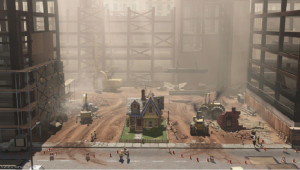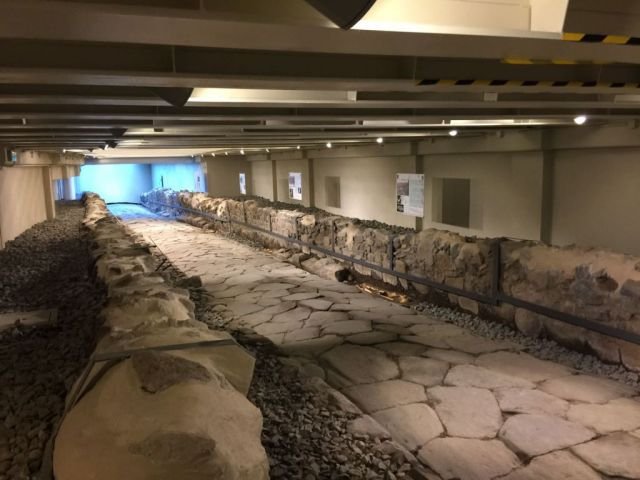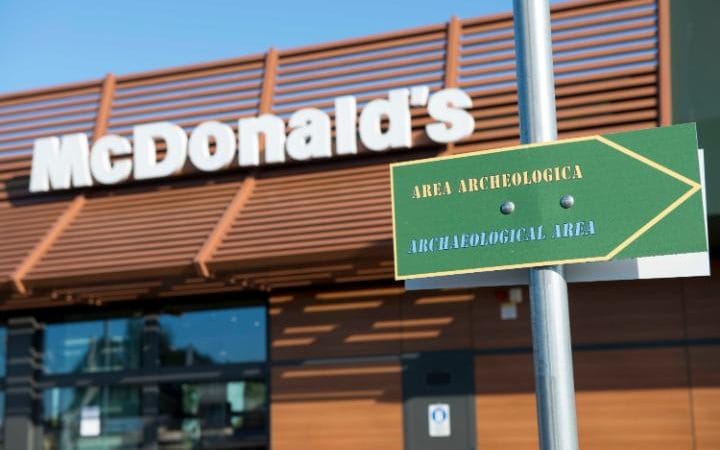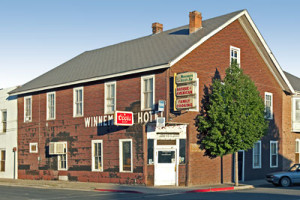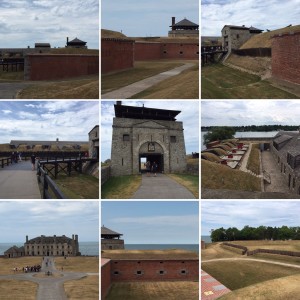I found the reading of Norman Tyler’s Historical Preservation to be enjoyable and educational, as it speaks about the interesting historical sites, and how many organizations have been set up to keep these places intact from construction and/or demolition. With people becoming more aware and participatory in historic preservation during the past century, the importance of buildings and a building’s historical contribution has come to the forefront of society. “Preservationists need to recognize that the preservation of historic buildings should include not only the physical structure but also the history of the place.” (Tyler, 15). According to one passage that I read in Historical Preservation, the practice of “Historic preservation should be seen as more than the protection of older buildings.” The end result in preservation is to preserve buildings not as “inanimate structures . . .”. (15-16) Therefore, some buildings become seen as obsolete in the business of construction and development, but it does not mean that historic buildings and items are seen as worthless. Another aspect to be aware of is the practice of “facadism,” which only preserves the front or the facade of a building. With the bulk of the building destroyed, any historical significance of the building itself is lost. There are many lessons and facts of interest that ancient buildings and artifacts can teach, such as museums that store historic items, or preservation offices that study old documents and building sites.
Besides preserving artifacts and historic sites, many people have begun experimenting with different technologies, in an attempt to educate the public, as described by Tyler’s passage from Historic Preservation, “Some exhibits have blurred the line between education and entertainment, leading to a new term, ‘edutainment,’ which combines the two into one presentation.” (16) This form of entertainment can be both useful to amuse and excite, as well as educate individuals on different academic subjects. A perfect example that Tyler describes is the use of animation technology at Disney World’s Hall of Presidents. Holograph technology is another example of these types of exhibits and “edutainment.” Certainly new technologies and various methods will continue to help historians to not only preserve but to exhibit and share information in the future.
In Chapter two, Tyler describes the two distinct paths that preservation has taken since its earliest beginnings. He notes that “Private-sector activities tended to revolve around important historical figures and associated landmark structures, whereas government [preserves] natural features and [establishes] national parks.” (27) The National Trust brought those two paths together with the establishment of the Trust in 1949. In choosing sites for preservation, the Trust has been very selective over the years, with only “twenty-nine historic sites of exceptional significance that it administers completely.” (43) The Woodlawn Plantation in Virginia was the first site taken on by the National Trust. Other buildings are the Gothic Revival mansion in Tarrytown, New York and the Lower East Side Tenement Museum in New York City. The Trust also commits its resources to lobbying efforts in Congress as well as “publicizes its Endangered Properties List . . .” (44). The federal government’s push for economic stimulation following the two world wars provided yet another challenge to preservation. Urban renewal programs literally left many cities with blocks of emptiness having had many historic buildings demolished to make way for new. After the publication of Jane Jacobs’ influential book, The Death and Life of Great American Cities, and the involvement of the National Historic Trust, the National Historic Preservation Act was passed in 1966, which helped with funding and listing of historical places in the United States and allowed for the development of historic district within our cities. State Historic Preservation Offices (SHPOs) as well as Section 106 procedures now help to protect historical properties. Thanks to the efforts of preservationists, buildings of such immense historic significance as Independence Hall have been saved for future generations.
